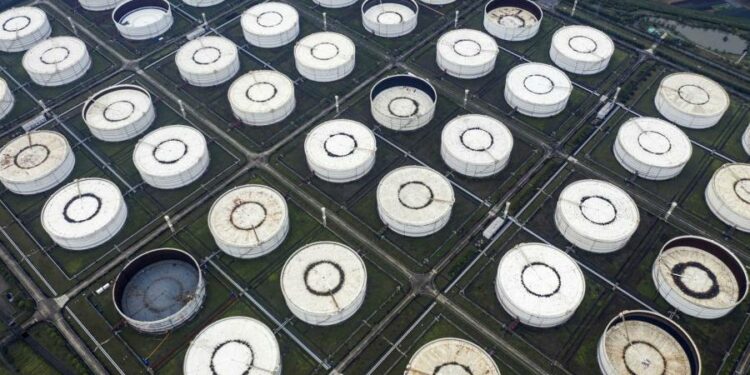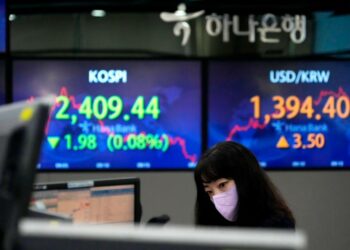The International Energy Agency has forecast that the global oil market will avoid a “sharp” deficit this year as emergency stock releases and slowing demand from China offset the impact of lower production from Russia following the invasion of Ukraine.
In its monthly report, the Paris-based organisation, which advises major oil-consuming nations on energy policy, lowered its forecast for world fuel consumption to 99.4mn barrels per day, from 99.7mn b/d previously, citing the spate of lockdowns in Shanghai and other Chinese cities.
“While news headlines have, understandably, largely focused on the severe containment measures in place in Shanghai — China’s largest city and home to the world’s largest port — towns, cities and districts in almost every region of the country have been affected and cases have recently been reported in all but three of the nation’s provinces,” the report said.
Combined with plans by IEA member countries, which include the US, UK and Germany, to release 240mn barrels of fuel from emergency reserves over the next months, the IEA reckons this should be enough to prevent “a sharp deficit” developing in the oil market this year even as Russian production declines.
The IEA expects Russian output to drop 1.5mn b/d in April and for the losses to double in May due to official sanctions and the impact of a widening customer-driven embargo.
Vitol, the world’s biggest independent oil trader, on Sunday said it intended to completely stop trading Russia-origin crude and products by the end of this year.
“European buyers have begun to cut imports while shipments to the US, which averaged around 600,000 b/d before the invasion, have halted,” the IEA report said. “Contrary to expectations, so far there are no signs of increased Russian exports to China, where surging Covid cases and severe mobility restrictions have cut economic activity and oil demand.”
One country that has stepped up purchases of Russian oil is India, taking advantage of big discounts to snap up cargoes of crude, according to Helima Croft, analyst at RBC Capital Markets.
“India has emerged as an important energy release valve for Russia, allowing it to blunt the impact of the initial buyers strike and providing a critical financial lifeline for President [Vladimir] Putin,” she wrote in a report.
She estimates Russian crude exports to India have risen from less than 50,000 b/d in February to more than 300,000 in March.
“Prime Minister [Narendra] Modi shows no apparent willingness to cease providing financial support to Moscow in the form of increased oil imports despite the White House request to reconsider such an energy strategy,” Croft added.
The global oil market has been extremely volatile since Russia’s invasion of Ukraine on February 24 and has become less liquid as traders have sat on their hands. This has been reflected by a sharp decline in open interest — the number of active futures contracts.
Brent, the international oil benchmark, soared to $140 a barrel shortly after the invasion. In response, IEA members announced last week the biggest stock release on record.
That move drove Brent below $100 a barrel on Monday, but it was back at $106 on Wednesday after Putin said peace talks with Ukraine were at a “dead end”. That has put the possibility of an EU embargo on Russian oil back on the agenda.
“Benchmark crude prices are now back to near pre-invasion levels but remain troublingly high and are a serious threat for the global economic outlook,” the IEA said.











